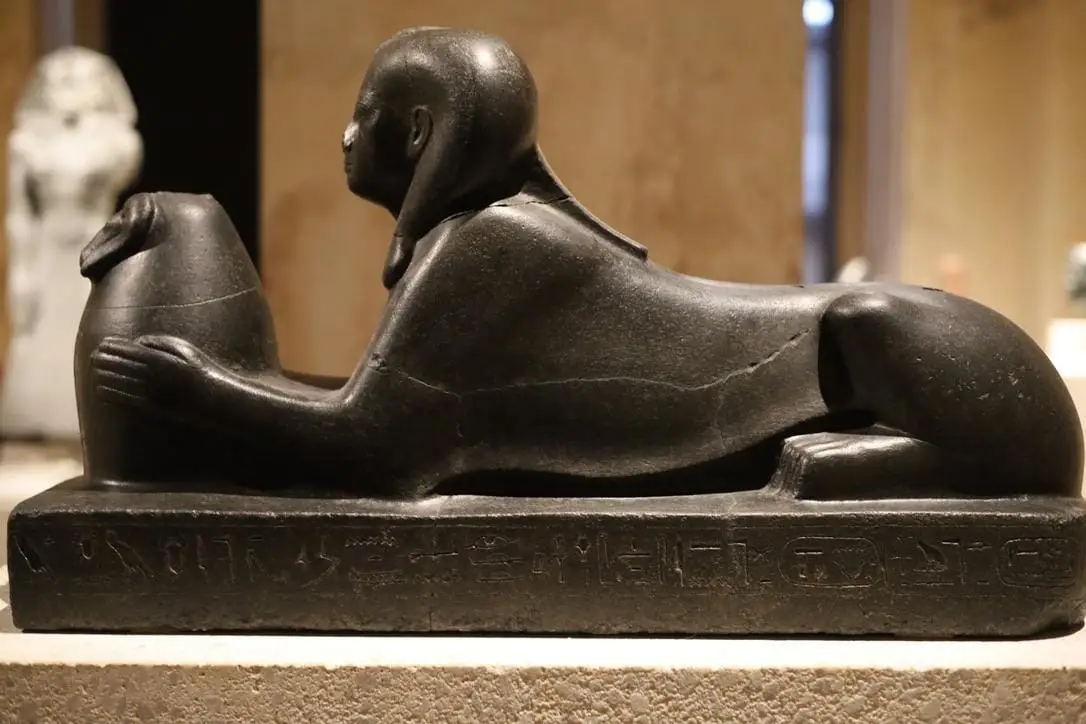When Paint Turns to Air: My Walk Through Famous Impressionist Art
I’m three feet from a canvas that seems to breathe. The color doesn’t sit—it quivers. The waterline wobbles as if the room had a breeze of its own. A cloud edge loosens, then tightens when I step back. That’s the moment Impressionism earns its name for me: the eye meets light before the mind supplies nouns. After that click, the hunt for famous impressionist artists or an impressionism famous painting stops feeling like trivia and starts feeling like weather.
The Fast Answer
If you’re here for bearings, start with Monet for time changing its mind; Renoir for warmth that settles on skin; Degas for rehearsal rooms where muscles think aloud; Pissarro for streets and seasons; Sisley for rivers that exhale; Morisot and Cassatt for indoor air that moves—quick, unsentimental, attentive. For touchstones, think of Monet’s harbor haze that gave the movement its label, a late water garden that turns walls into light, and a river-party table where you can almost hear glasses meet. That’s enough compass to begin exploring famous impressionism art without drowning in names.
Check out Monet-Style & Impressionist Paintings selection by Subjektiv.

How I Learned to Look: A 5-Second Checklist
I squint first to catch value, not detail. Then I track shadows—never gray, always leaning violet or green. I ignore outlines because the brush is drawing already. I test the air in the scene: glare, mist, drizzle? Finally I step back and let optical mixing happen. The picture resolves when I stop trying to blend it for the painter.
Seven Rooms, Seven Moods
Monet is patience made visible. He returns to the same motif—haystacks, cathedrals, ponds—as if checking a pulse. Standing there, I feel time revise itself: dawn, noon, frost, thaw. Renoir warms the room. Flesh drinks light; conversation turns into color; even a shadow feels social. Degas is choreography with edges. Cropped diagonals pull me into the second before motion—ankles thinking, hands correcting, the breath just before the leap.
With Pissarro I walk. Lanes widen into boulevards; a drizzle becomes policy; the city has seasons. Sisley is the quiet companion who notices sky for both of you. Bridges are pretexts to paint air; rivers inhale and release. Berthe Morisot paints indoor weather. Curtains lift; paint thins and thickens like breeze; domestic life arrives without syrup. Mary Cassatt lets attention be the subject—tender, exacting, never pleading. In her rooms, care is a kind of architecture.
Field Notes from the Wall: How Impressionism Works on You
Up close the surface looks almost wrong: small, separate touches, broken color that refuses to behave. Step back and the eye fuses them—your eye, not the brush. Shadows snap into violet; a white dress turns out to be everything but white. I can feel when something began en plein air: the first layer is brisk, sure, slightly windswept. Cropped corners read like the turn of a head. What surprises me most is how 19th-century paint anticipates our 21st-century glance. These pictures have the speed of a scroll and the payoff of a pause.
One Hour, Three Doors: A Mini-Itinerary
At the Musée d’Orsay, I take the top floor first. One Monet from a series—cathedral, haystack, poplars—makes the method snap: same thing, different hour, truth multiplied. I cross to Morisot to watch indoor air rendered with marks that feel like breath. I end with a Degas pastel; the paper’s tooth keeps the rehearsal alive. At the Musée de l’Orangerie, two oval rooms ask for stillness. Sit down. The Water Lilies are less images than weather systems—peripheral vision does half the work. At The Met, I triangulate: a Cassatt interior for attention, a Renoir crowd for temperature, a Pissarro street for season. The range makes the rules legible.
Two Paintings I Think About When It Rains
There’s a Degas rehearsal where the floor squeaks in my head. One dancer’s ankle looks fragile and inevitable; the room tightens as the weather outside softens. On the other end is a Renoir table spread with light like confetti—faces, bottles, the lazy shine of afternoon. Both scenes remind me that weather is a character even indoors. On gray days I catch myself reading air the way these painters taught me to: as narrative.
Still New in 2025: Why We Keep Coming Back
Phones crop like Degas; commutes color like Monet. Our days arrive as glances, but these canvases gently lengthen a glance into a look. They respect attention—thin on supply, easy to bruise—and ask for nothing more than a few seconds of honest seeing. That’s why any famous impressionism painting still lands. Less about subjects, more about moments. Less outline, more sensing. And once you notice that shadows are built from color, not black, you don’t go back. The world keeps offering little Impressionist scenes: steam off a coffee, a wet street turning chrome, someone laughing under bright shade. The trick is to let the eye arrive first.
See for Yourself: A Short, Useful List
If you want a doorway, take one of these. The Musée d’Orsay holds the arc in one building; start high, then descend. The Musée de l’Orangerie turns painting into architecture—sit and let the room work on you. Marmottan Monet shows experiments hardening into atmosphere. In London’s National Gallery, you can learn the alphabet in a single loop; in Chicago’s Art Institute, a Monet series shifts as the gallery light changes. And on Subjektiv.Art, we keep a small, rotating set—weather, warmth, attention—so your first steps have different temperatures.



